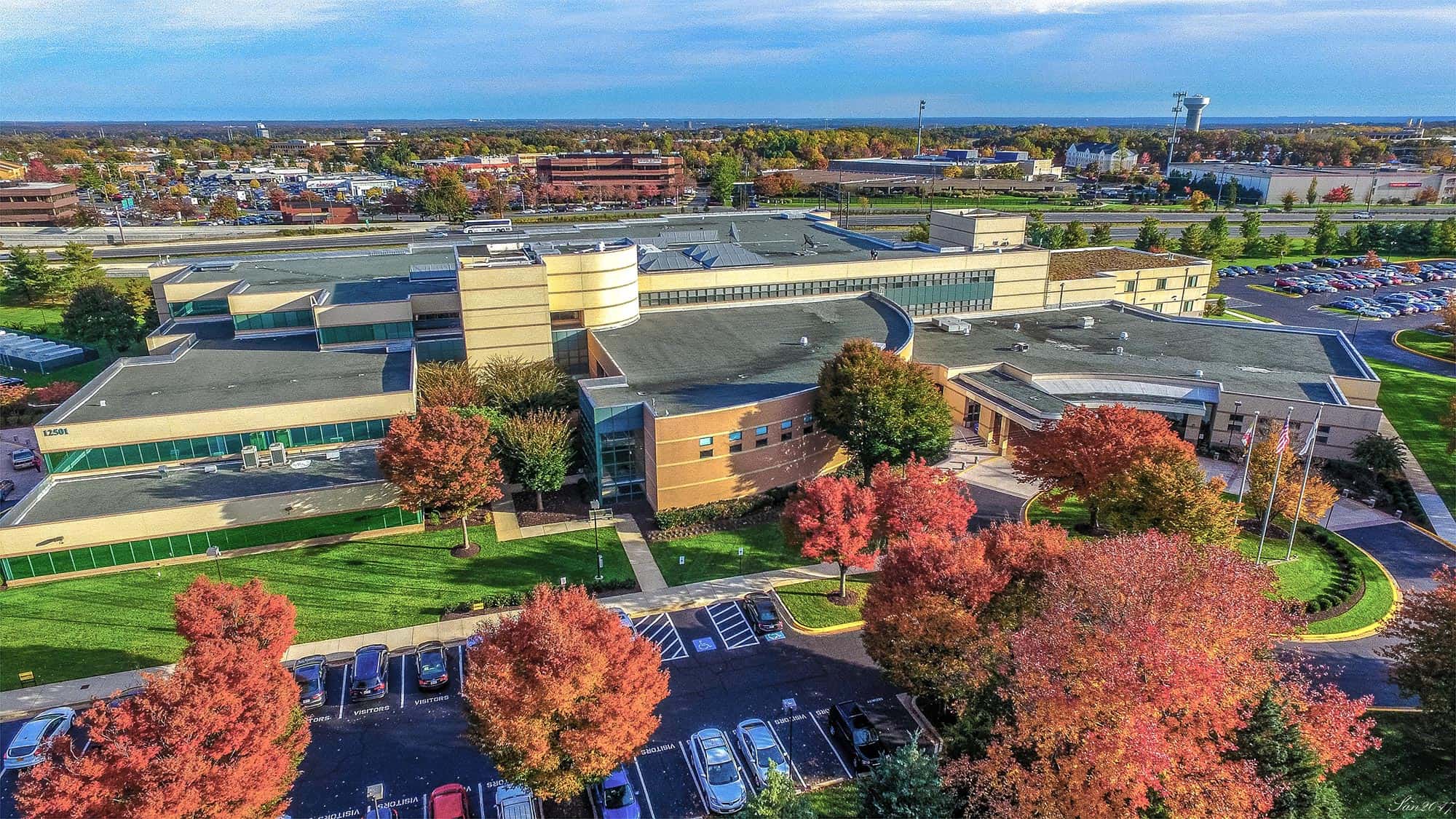
Our History
Today, Adenta Central thrives with active ministries in youth, health, and education.
A Historic Look at the Seventh-day Adventist Church
How the Church Emerged From a Desire to Dig Deeper Into Scripture
Before becoming Seventh-day Adventists, the founders of the denomination were sitting in the pews of other protestant churches in the early-to-mid 1800s. They were farmers, lawyers, teachers…and a handful of Adventism’s prominent early leaders were already involved in pastoral ministry.
The roots of Adventism can be traced back to the Second Great Awakening, which inspired a spirit of revival throughout the United States in the late 1700s and early 1800s. More people had Bibles in their homes and began to study Scripture themselves rather than leaving that to clergy.
Many biblical truths were brought back into light, such as the seventh-day Sabbath and the literal Second Coming of Christ. Tent meetings and Bible studies led people to a deeper understanding of God’s love and His plans for humanity. People began to crave a more authentic Christian walk, beyond the traditions and rituals that had been routine for so long.
Several separate groups of these devout Christians were dispersed throughout the northeastern United States. But God brought them together, and what began as the “Advent Movement” is now a worldwide Christian protestant denomination with over 20 million members.((Downloaded on July 4, 2019 from http://documents.adventistarchives.org/Statistics/ASR/ASR2019.pdf))
As you can imagine, as soon as the clock ticked past midnight on October 22, people were bewildered, angry, even scared. Many gave up their beliefs, and many went back to the churches they attended before.
Others, however, who had studied the passages Miller emphasized knew this was still an important piece of prophecy. They continued their study, wondering where they might have made a mistake. Especially because the Bible itself says the timing of Christ’s return is not known by anyone except God the Father.
“Heaven and earth will pass away, but my words will not pass away. But concerning that day or that hour, no one knows, not even the angels in heaven, nor the Son, but only the Father” (Mark 13:31, 32, ESV).((Also see Matthew 24: 36-44 and 1 Thessalonians 5:1-3))
Over the next 15 years, many former Millerites continued their studies of prophecy and Christ’s Second Coming to see what more they could learn. They established multiple “Bible conferences,” or formal groups and events focused on studying Scripture, and identified a series of Bible truths that were forgotten or neglected since the days of the early Church.((Downloaded on July 7, 2019 from https://www.adventist.org/en/information/history/article/go/-/united-for-mission-one-hundred-and-fifty-years/)) These truths can be summarized as follows:
Christ’s second coming is imminent, will be seen by all the world, and it will be literal, not metaphorical.
The seventh day, Saturday, is God’s Sabbath. The Fourth Commandment’s instruction to celebrate and keep it remains literal to this day (along with the rest of the Ten Commandments).
God does not eternally torment sinners, but rather the dead “sleep” until the second coming and last judgment.
Christ now ministers in the heavenly sanctuary, thereby mediating to us the benefits of His death on the cross, saving us by His righteousness and not our own deeds (see Hebrews 8).
In the last days of this earth, Christians will be tempted by apostasy but be called back to divine truth—the “third angel’s message” of Revelation 14—and a relatively small “remnant” of faithful believers will answer this call.
This remnant would be marked by a recurrence of the prophetic ministry, and many people will display the prophetic gift and proclaim the good news (see Joel 2:28 and Acts 2:17).
As the Seventh-day Adventist Church continued to spread across the United States, the early church leaders knew this Advent Message of the Three Angels should be shared around the world as well. They would not let themselves become complacent in their “comfort zones,” and they began serious talks about mission work.
James and Ellen White, along with Joseph Bates, an Adventist preacher, urged the development of a plan for missions that included a focus on medical work to help meet the needs of people around the world.
The first Adventist missionary was J.N. Andrews. He was selected to go to England and Switzerland in 1874 to assist Adventist church leaders there. He eventually established the Adventist printing press in Basel, Switzerland.
Ellen White also traveled to Switzerland, as well as South Africa, South America, the South Pacific, and Australia. The Advent Message spread rapidly as missionaries worked closely with publishing houses and gathered teams to canvas different areas and distribute literature. Several of these areas began writing to the General Conference to request more missionaries!
By the end of the 1870s, Adventist membership had tripled, passing 16,000 members. By 1901 there were 75,000 members worldwide, and the Church had also established two colleges, a medical school, 12 secondary schools, 27 hospitals, and 13 publishing houses.
Eventually, the Church also organized regional administrative offices, such as divisions, unions, and conferences, to more efficiently oversee various operations in education, publishing, health and mission work.
Today the Adventist Church continues to grow globally, maintaining its focus on health and wellness, community development and mission work, publishing, and education. The Church currently operates over 8,000 schools around the world, nearly 200 hospitals, and over 50 publishing houses. According to Pew Research, the Seventh-day Adventist denomination is the most ethnically diverse Christian denomination in the world.
With a rich history of dedicated Bible study and a commitment to applying biblical principles to daily life, Adventists remain an active, dedicated global faith community. Together they cling to Jesus as their only hope and eagerly await His Second Coming.
Publishing: In 1848, James and Ellen White were convicted to write, print, and distribute a regular magazine to unite Adventists everywhere. This would allow them to share or discuss important points of theology (this magazine was initially called Present Truth, later changed to the Adventist Review & Sabbath Herald, presently called The Adventist Review)
This conviction to utilize the written word led to the operation of Adventist publishing houses around the world, both for informative and evangelistic purposes.
Health: The 1860s marked the beginning of the Adventist Church’s expansive health reform efforts and healing ministries. Battle Creek Sanitarium in Michigan was established in 1866 as the first Adventist-owned and operated medical institution (also known as the Western Health Reform Institute).
In addition to organized healthcare institutions, early Adventist health reform involved early support of the germ theory of disease((The idea that illnesses and infections are caused by microorganisms, in contrast to the idea that “bad air” or vapor from rotten matter causes disease.)), evidence of the benefits of a vegetarian diet and abstinence from alcohol, tobacco, and recreational drugs.
Education: Adventists believed proper education should include a holistic focus, educating the whole person rather than focusing solely on textbook knowledge. This belief prompted the opening of the first Adventist-sponsored school in Battle Creek, Michigan in 1872. Not long after, Battle Creek College opened in 1874. To provide direction for the future of Adventist education, the General Conference organized their Educational Society that same year.
Desmond Doss
Desmond Doss, the “conscientious objector,” enlisted in the US Army in April 1942 but refused to purposely kill others or carry a weapon into combat because of his personal beliefs as a Seventh-day Adventist. He ended up becoming a combat medic during World War II.
John Harvey Kellogg
John Harvey Kellogg may be a familiar household name because of the breakfast cereals he originally developed in 1896. Kellogg was an inventor, medical doctor, and pioneer in holistic healthcare.
Dr. Ben Carson
Dr. Ben Carson is a renowned neurosurgeon famous for his rise from a difficult early life into noteworthy achievement in college and medical school, and eventually becoming director of pediatric neurosurgery at Johns Hopkins Hospital.

Our Mission
To spread the gospel of Jesus Christ through love, service, and community outreach.
Learn More

Our Leadership
Our leadership team is committed to guiding our congregation with wisdom and faith.
Meet Our Team